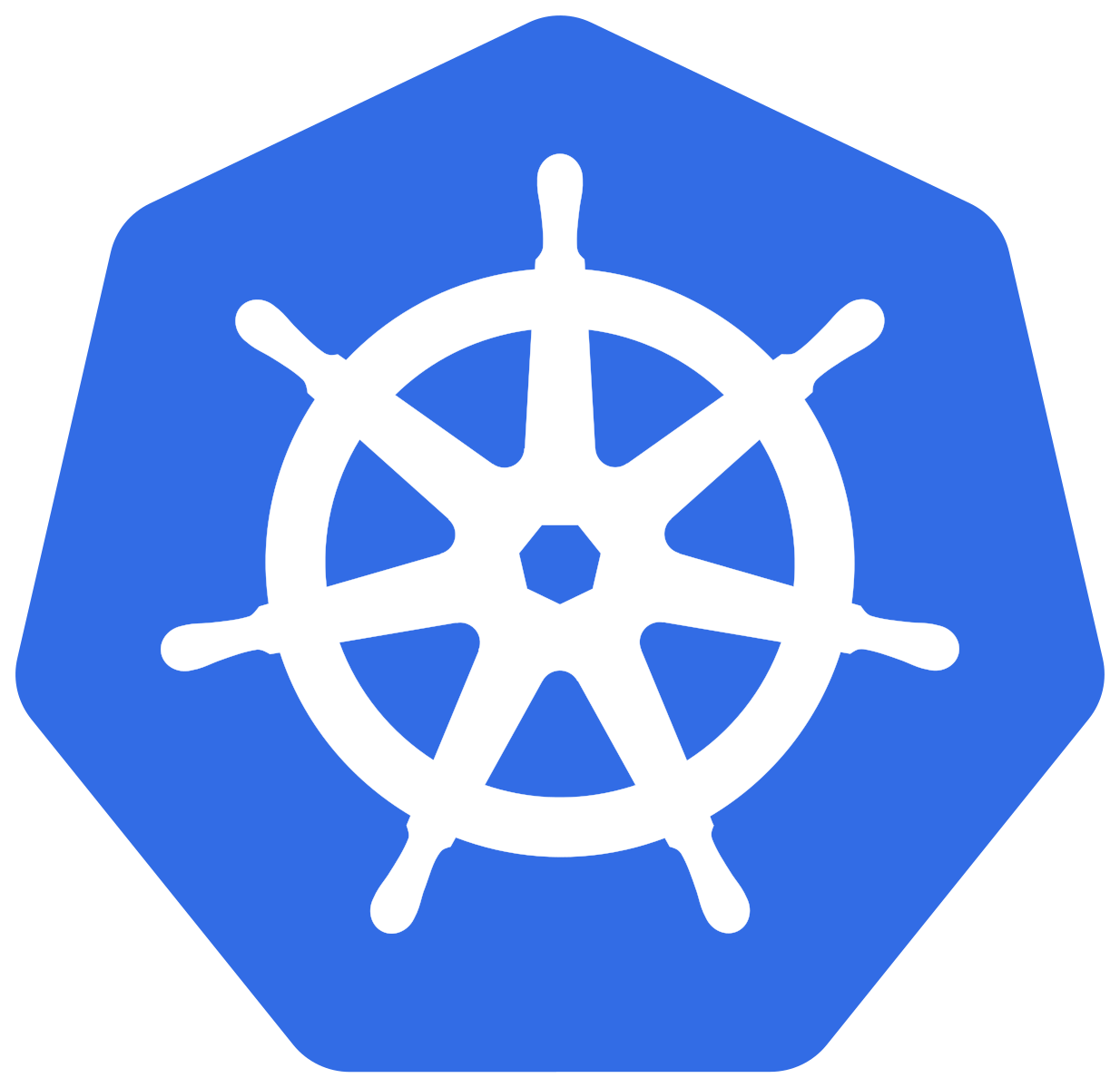Friday, September 13, 2025 - Current analysis date.
The Brutal Reality When Real Users Show Up
Ollama works great for fucking around on your laptop. But the moment you try to serve actual users, it turns into a complete shitshow the moment real users show up.

The Bottlenecks That Kill Production Performance
Single-Threaded Hell: Ollama processes one request at a time like it's 1995. User A asks a complex question that takes 15 seconds? Users B through Z get to sit there and watch their timeouts pile up. I've seen this kill three startups.
Memory Hoarding: Each Ollama instance loads its own fucking copy of the model. Need 4 instances of Llama 70B? That's 160GB of RAM for the exact same model. vLLM's PagedAttention serves the same workload with a fraction of the memory because it's not brain-dead. The memory optimization techniques in production frameworks can reduce memory usage by 50-80% compared to naive approaches.
Zero Visibility: Ollama gives you nothing. No metrics, no health checks, no auto-scaling, no clue what's happening when shit hits the fan. You're debugging production issues by tailing logs and praying, trying to figure out why you're suddenly getting HTTP 500 Internal Server Error with zero context. Good luck explaining that to your users. Production LLM monitoring and observability best practices are essential for maintaining service reliability.
When Everything Goes to Shit
I've watched this disaster unfold way too many times: everything works fine with 10 users, then you hit maybe 50 concurrent and your response times go from 2 seconds to complete timeouts. Memory usage spikes to 90%+ and containers start getting OOMKilled, and suddenly you're explaining to your CEO why everything died right when we actually got users.
Ollama wasn't built for this. It's a development tool pretending to be production infrastructure.
What Actually Works When You Need to Serve Real Users
Alright, enough bitching about Ollama. Here's what I've actually used that doesn't fall over:
vLLM - This thing uses PagedAttention so it doesn't waste memory like a moron. I've seen it handle 50+ concurrent requests where Ollama would just give up and die.
TensorRT-LLM - Total nightmare to set up, but if you've got NVIDIA hardware and need speed, this is it. Spent 3 days getting the compilation working but the performance gains were worth the pain.
Text Generation Inference (TGI) - HuggingFace's production thing. I always recommend this to teams who don't want random shit breaking at 2am. It's boring, which is exactly what you want in production.
What I've Actually Seen in Production
Here's the real shit from teams I've worked with:
- vLLM: I've personally seen maybe 2-4x better throughput, but it varies like crazy depending on your setup. One team got 2.7x higher throughput on Llama 8B, another barely saw improvement because their bottleneck was somewhere else entirely. Performance analysis helps but YMMV.
- TGI: Handled maybe 5-10x more concurrent users before shitting the bed, but this was on different hardware so hard to compare. Memory usage dropped by probably 40-70%, again depends on your model size. Optimization docs might help you tune it.
- TensorRT-LLM: Absolute fastest option I've used but what a pain in the ass to get working. Compilation took me a full day and broke twice. If you've got the patience and NVIDIA GPUs, deployment guides exist but good luck.
- Ollama: Perfect for development, dies horribly in production. I've wasted weeks trying to make it work at scale. Don't bother with the optimization guides - just switch to something else.
Stop Burning Money on Shitty Infrastructure
We were burning maybe $7-8k/month on AWS instances trying to make Ollama work for around 200 users. After switching to vLLM, got it down to like $3k or something - not exact but way better. The CFO actually didn't yell at me that month, which was nice. Cost optimization strategies and resource planning guides can help teams avoid this financial disaster.
How to Escape This Mess
Good news: switching isn't as painful as you think. Most alternatives support OpenAI-compatible APIs, so you might just need to change a URL in your code.
Pick based on your situation:
- Need memory efficiency? vLLM
- Want something stable? TGI
- Have NVIDIA hardware and need speed? TensorRT-LLM
- Stuck with complex requirements? Triton
Stop trying to make Ollama work in production. It's a development tool, not infrastructure.
Stop Apologizing to Users
You know what's better than explaining to users why your AI is slow? Not having to explain it.
The feature comparison below shows exactly which alternative fits your specific situation - whether you prioritize memory efficiency, need maximum throughput, or want the easiest migration path. Each option gives you actual monitoring, auto-scaling, and the ability to handle real traffic without falling over.




